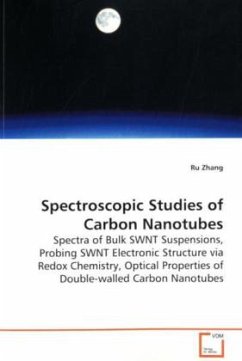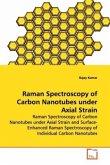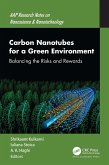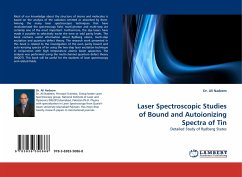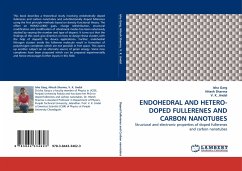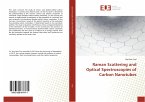Spectroscopic studies were performed on carbon
nanotubes including single-walled carbon nanotubes
(SWNTs) and double-walled carbon nanotubes (DWNTs).
First, we followed the reported method to obtain the
individually dispersed SWNTs with the assistance of
surfactants in aqueous phase. The absorption and
fluorescence spectra of this surfactant/SWNTs
suspension were captured and the species
distribution for the semiconducting tubes was
assigned as well. Afterwards, we studied how the
surfactant/SWNT suspension is affected by sonication
temperature, centrifugation time, pH, and the
surfactant structures.
Further we describe a new method to probe the
absolute energy levels of SWNTs. The first
conduction band edge of the semiconducting SWNTs was
obtained via measuring the redox chemistry.
Finally, the optical property of DWNTs was
investigated collaborating with people in Dr. Jie
liu s group in Duke University. Our current results
suggest that the inner layer of a DWNT can not
fluoresce, which is contrary to the conclusion in
the published literature.
nanotubes including single-walled carbon nanotubes
(SWNTs) and double-walled carbon nanotubes (DWNTs).
First, we followed the reported method to obtain the
individually dispersed SWNTs with the assistance of
surfactants in aqueous phase. The absorption and
fluorescence spectra of this surfactant/SWNTs
suspension were captured and the species
distribution for the semiconducting tubes was
assigned as well. Afterwards, we studied how the
surfactant/SWNT suspension is affected by sonication
temperature, centrifugation time, pH, and the
surfactant structures.
Further we describe a new method to probe the
absolute energy levels of SWNTs. The first
conduction band edge of the semiconducting SWNTs was
obtained via measuring the redox chemistry.
Finally, the optical property of DWNTs was
investigated collaborating with people in Dr. Jie
liu s group in Duke University. Our current results
suggest that the inner layer of a DWNT can not
fluoresce, which is contrary to the conclusion in
the published literature.

